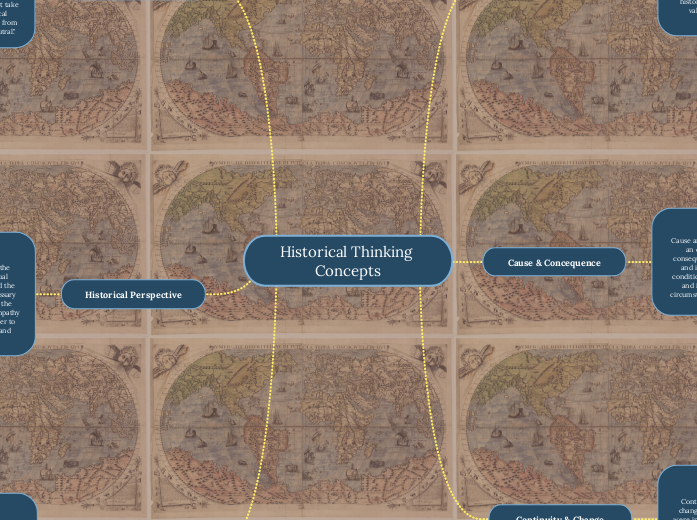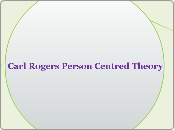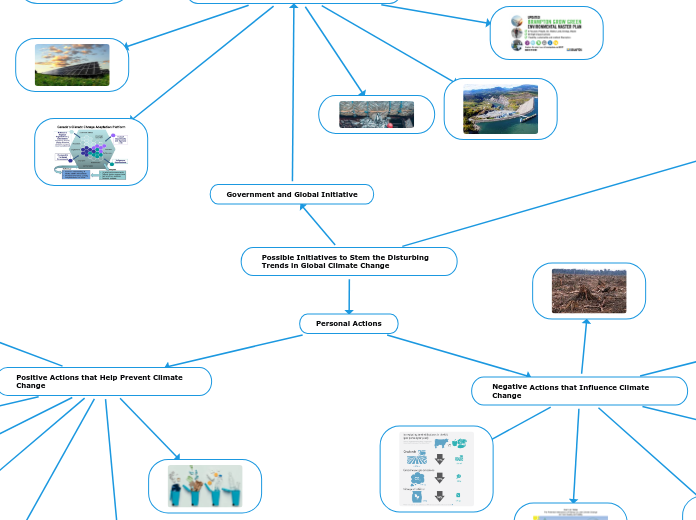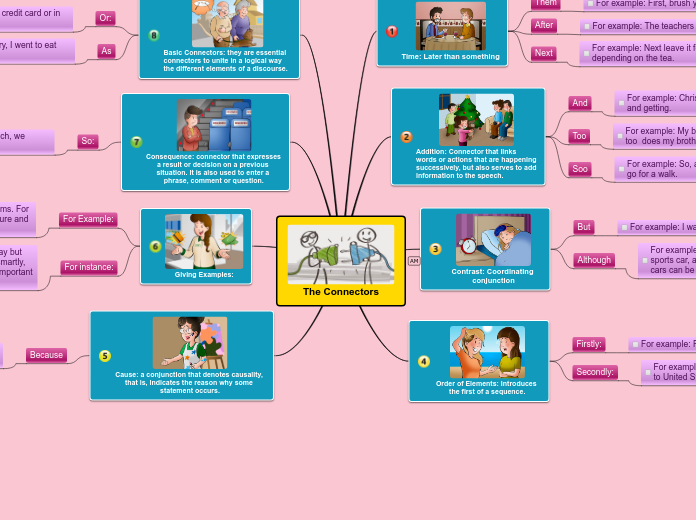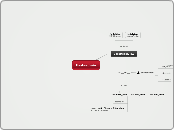door Kate Phipps-Chong 1 maand geleden
41
Historical Thinking Concepts
Understanding historical thinking concepts involves analyzing the reasons and outcomes of significant events, delving into the actions and ideologies of individuals, and the circumstances that shaped these actions.
